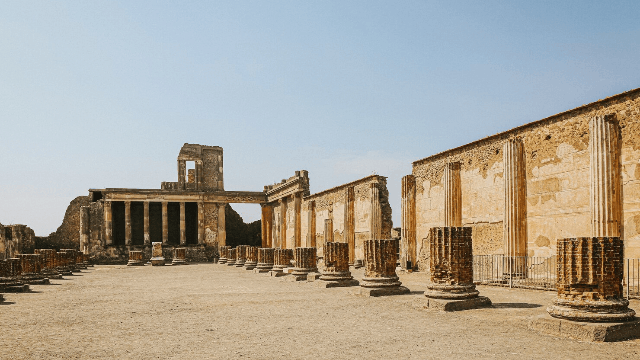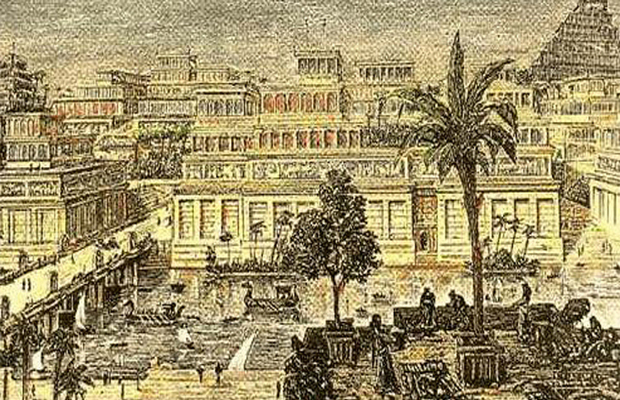Ancient Babylon - the magnificent capital of the early human empire

In March 1899, a group of German archaeologists carried out large-scale archaeological excavations for more than 10 years on the banks of the Euphrates River, more than 50 kilometers south of Baghdad today, and finally found the ruins of the ancient city of Babylon, which had been missing for more than 2000 years and rebuilt by Nebuchadnezzar II in 605 BC.
Babylon is a fascinating ancient city, located at the junction of the Euphrates and Tigris rivers. As early as around 1830 BC, the Amorites took Babylon as their capital and established the kingdom of Babylon. After the death of Hammurabi, the most outstanding king of Babylon, Babylon was constantly attacked by foreigners. After more than 500 years of war, it was not until the end of the 7th century BC that the new kingdom of Babylon was established under the leadership of Nebuchadnezzar. However, 88 years later, the kingdom of New Babylon was completely destroyed by the Persians. With the collapse of the Babylonian dynasty, the ancient city of Babylon, which was once famous, gradually disappeared into the wild grass.

In the period of the New Babylon Kingdom, Babylon was the most magnificent and prosperous capital city in the ancient two river basins. The ancient city of Babylon had two walls inside and outside. The most spectacular buildings in the city were the Heavenly Tower of Nebuchadnezzar's Palace and the famous "Sky Garden", as well as the Babel Heavenly Tower, which is said to make God surprised and angry.
The city wall has two layers, made of mud bricks or bricks. There are towers between them. The widest part of the outer wall is 7.1 meters. The main gate of the city is the Istar Gate, 12 meters high and double, built for the goddess Istar. The main entrance is the north-south parade street, which is paved with stone or brick. The Istar Gate and both sides of the street are decorated with glazed animal reliefs, with animals arranged horizontally.
The thickness of Babylon's wall can make a chariot drawn by four horses turn around. It is 16 kilometers long, and there is a tower every other distance. The two ends of the city wall start from the banks of the Euphrates. Across the river is the new city of Babylon. A bridge crosses the Euphrates River, connecting the new city with the main city. Therefore, this wall is not only the main barrier used by the Babylonians to resist the enemy, but also a reliable embankment to protect the city of Babylon from the flood of the river. The city of Babylon has 100 gates made of copper, so Homer, the great Greek poet, called the city of Babylon "the capital of hundreds of gates".

To the west of the parade street and to the southwest of the Istar temple is the main palace area, namely the south palace of Nebuchadnezzar II, which consists of five courtyards. The third courtyard in the center is decorated with the lion figure made of colored glazed bricks and various geometric patterns of flowers and trees. In the northeast corner of Nangong is the Hanging Garden, one of the seven wonders of the world. There are many temples in the city, and the center of the city is the Marduk temple and tower temple. In the east of the city, there are the temple of the mother god Ningmah and the temple of the female war god Istar. The relics unearthed in the city include pottery, glassware, decorations, cylinder seals, clay plate instruments, etc.

